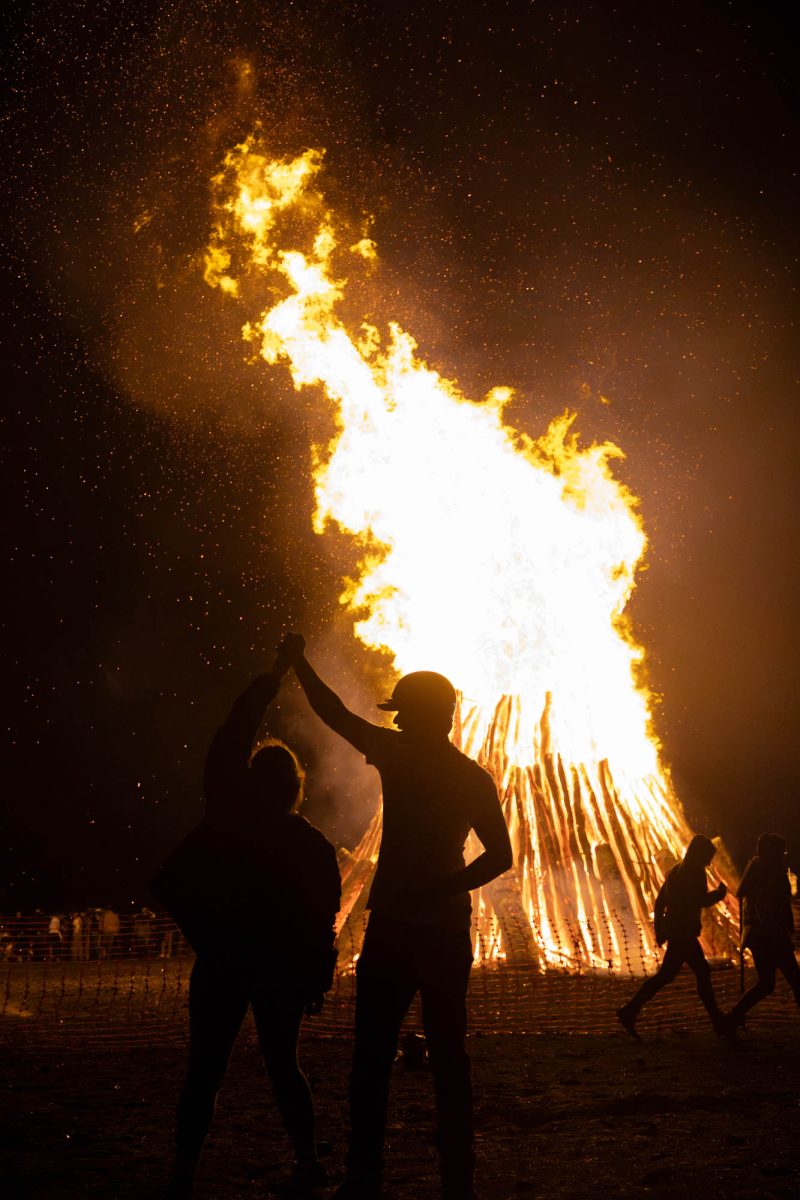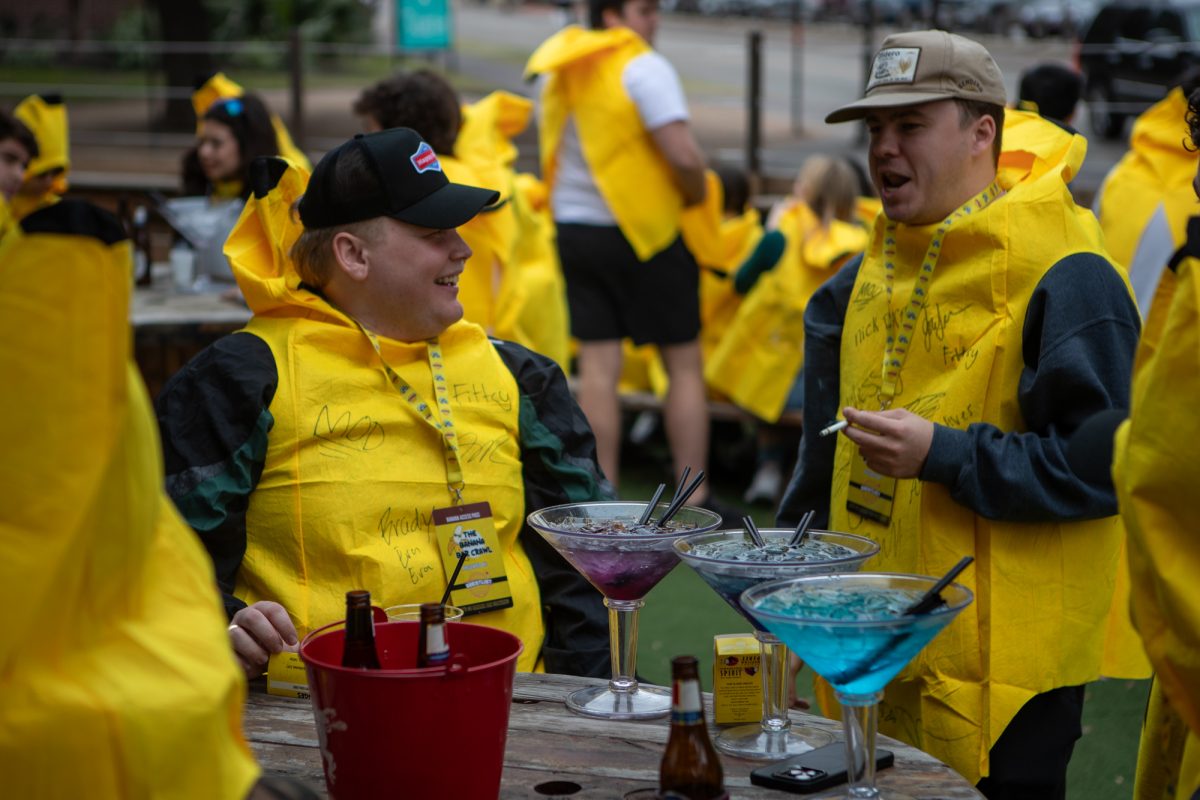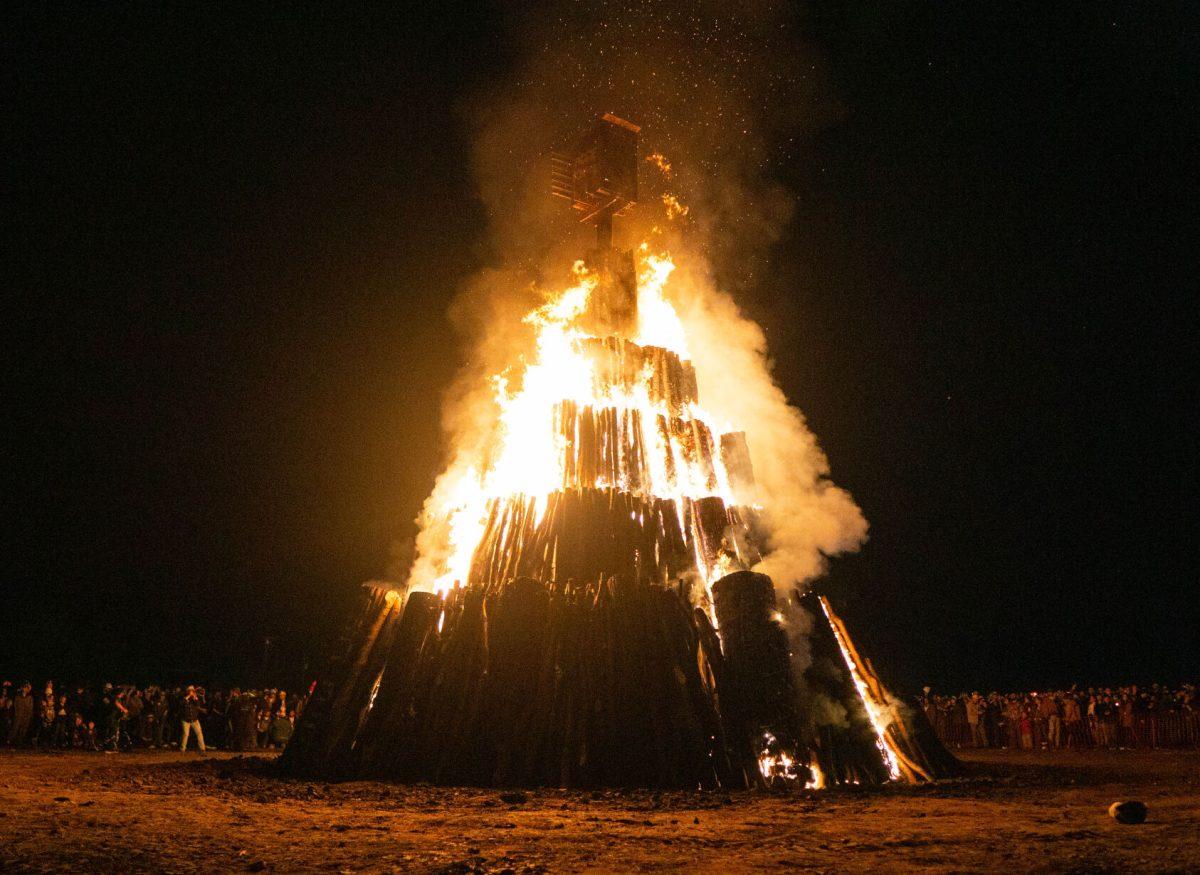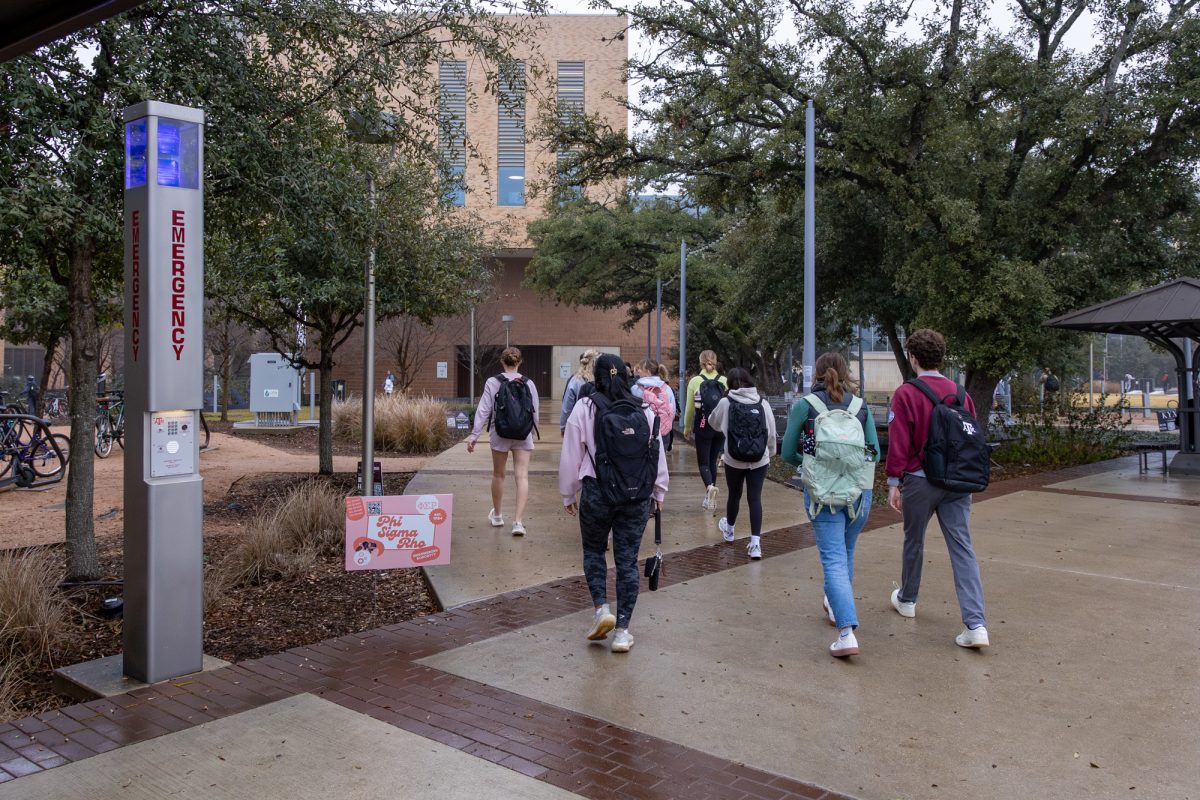In the history of art, we have been taught that great pieces last throughout the ages. Iconography is so grand it can be recalled just by the name of it, such as the Mona Lisa, the Birth of Venus, The Starry Night and the list goes on. What makes these pieces so recognizable is the acknowledgement of perseverance, that art has withstood the test of time and is still in a recognizable form today. From this, we are taught art is meant to last forever, that human spirit detached into a tangible medium can last forever. Or rather, it should.
Nothing lasts forever. It’s the basic law of entropy. Things will deteriorate over time — with that being said, art connoisseurs and museums do their best to preserve art, as they should. It is important to be able to witness the point of view of those able to share their perception from a certain standpoint, such as a specific time period, physical location, identity of the artist and so on and so forth. But one day, that art will be unsalvageable, and the piece will no longer be in its best physical condition. However, there are artists who purposefully shorten the duration of their artwork or frame it as a once-in-a-lifetime experience.
The number of such fleeting works, also known as ephemeral art, isn’t considerably vast, since many artists take pride in the longevity of their art. Such examples include the manipulation of nature by Andy Goldsworthy, creating sculptures out of leaves, rocks, ice and other elements in a natural setting. Goldsworthy displays the art pieces in photographs, prolonging the image of the piece while the piece itself erodes over time. Agnes Denes’ “Wheatfield: A Confrontation” was a four-month project in 1982 that consisted of two acres of wheat being planted in the lower section of Manhattan near Wall Street before harvesting 1,000 pounds of crop used for donation and exhibition around the country and world. The “confrontation” stems from the waste, scarcity and mismanagement of food caused by large corporations and businesses that prioritized wealth over morality. Lastly, Marina Abramovic’s live performance at MoMA cements the importance of the artist and poses the question of how art is experienced and replicated. Abramovic shares a connection with the spectators, granting them a one-time experience that has become accessible only once to an exclusive amount of people.
If you really dig deeper, artists’ concerts and performances can also fall under this category of ephemeral art, since such shows focus on the physical appearance of said artist in a live setting, with the adoring fans being the spectators. What all these art pieces and performances have in common is not just the momentary experience, but the capturing of the experience. Photos have been taken, records have been kept, videos were shot but the experience itself cannot be replicated. Goldworthy’s photos cannot express the same vibrancy and fragility as in the real work; Denes’ wheatfield can no longer be replicated in the heart of Manhattan; Abramovic’s interactive performances cannot be done again once the artist has passed and the phone videos of concerts will never match the experience being felt in that moment. Documentation with photos and videos have desensitized us from real experiences, now seeing such documentation as a crutch for an assumption of art. If anything, such ephemeral art can teach us that we must become more aware and appreciative of that which can be here today but gone tomorrow.
Anyone who has experienced a near-death experience has faced the sudden awareness of our fleeting mortality, how easily it can be cut by unyielding fate yet survived by chance. The world becomes like a film that can be stopped at any moment, yet no pause can be done to stop the flow of action — it marches on. So, when such a piece of ephemeral art has become presented to you, don’t waste time trying to capture the moment, appreciate the piece — your world — while it still lasts in front of you.
Ruben Hernandez is a journalism junior and art critic for The Battalion.
Here now, gone tomorrow: Ephemeral art
March 7, 2022
0
Donate to The Battalion
$810
$3500
Contributed
Our Goal
Your donation will support the student journalists of Texas A&M University - College Station. Your contribution will allow us to purchase equipment and cover our annual website hosting costs, in addition to paying freelance staffers for their work, travel costs for coverage and more!
More to Discover






















